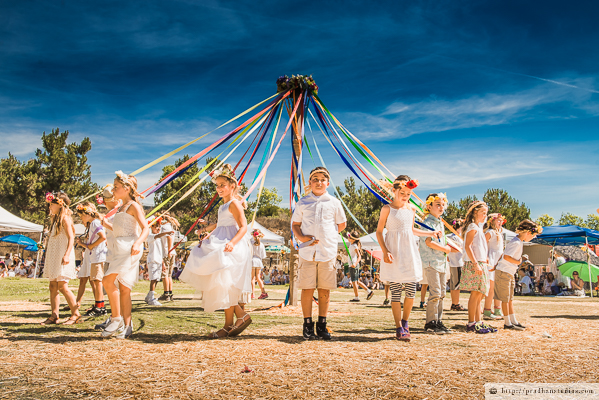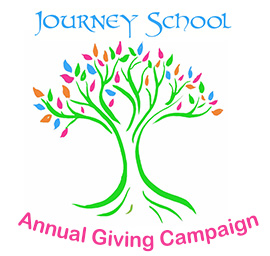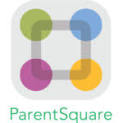Children entering their eighth year still carry with them much of the imaginative consciousness of early childhood, and they are beginning to be more aware of themselves and others. They start to recognize that they have their own personalities and emotions, some of which are positive and others that are negative. Honesty and deceit, trust and betrayal, kindness and cruelty–many traditional fables and folktales show these positive and negative qualities in sharp contrast.
The animals in the fables have little control over these qualities that they represent: the lion must be fierce, the wolf greedy, the fox cunning. In a similar way the young child must sometimes feel that he or she is helpless to control these strong impulses and emotions. In this context, stories of inspirational individuals such as St. Francis, Martin Luther King, Mother Theresa, and other upright people from various traditions can be understood as offering the children a picture of the element of choice that separates us from the animals.
The children see that they, like the characters in the fables, have desires, likes, dislikes, good qualities, and even some of the negative qualities that get those characters (and the children) into trouble. The pictures of inspirational individuals provide the children with an example of what the human being can achieve when he or she dedicates him–or herself–to a higher purpose. The children in second grade begin to see that there are choices to be made in life. They can follow their own desires, for which they see the consequences experienced by the animals in the fables; or, they can align themselves with a higher purpose, and gain control over their “animal” nature, just as Saint Francis was able to tame the fierce wolf.
During the second grade much attention is given to the development of writing skills. The children’s first reading experience comes through reading what they themselves have written in their main lesson books. This may be a short verse that helps them review a letter sound, or perhaps a simple retelling of one of the fables they have heard. In this way the children experience the way written language actually developed over, the course of human history. The learning of arithmetic concepts and skills continues in the second grade through stories and games. The children practice using the four arithmetical processes and explore the nature of place value. Rhythmical counting by ones, twos, threes, and so on provides the basis for learning the times tables.






